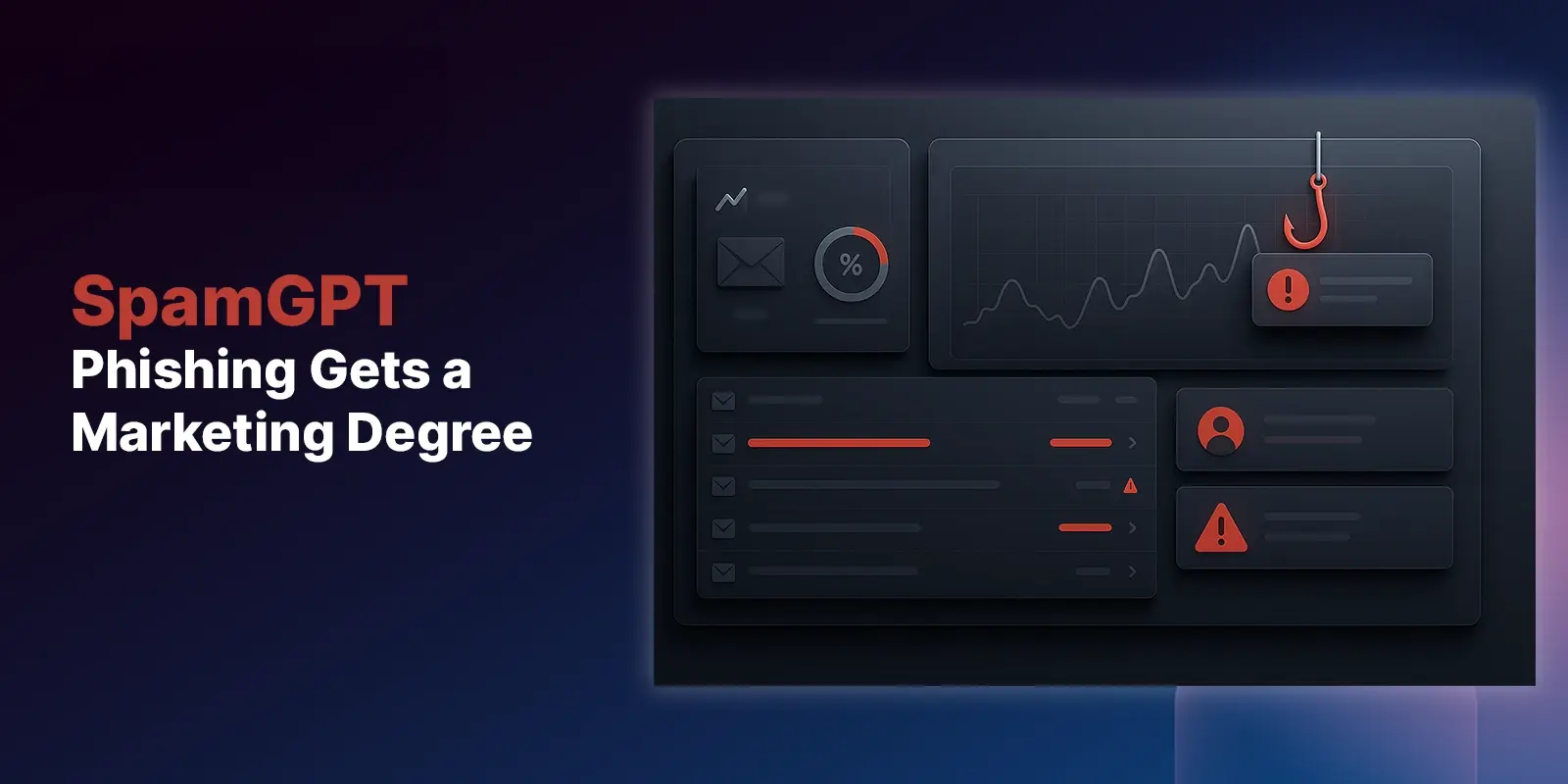Table of Contents
ChatGPT is a powerful machine learning-based text generation tool that can generate highly sophisticated and realistic text, making it a dangerous tool for criminals writing phishing emails. The emails generated by this tool can be difficult for traditional phishing detection systems to detect.
The main reason for this is that ChatGPT can generate text that is very similar to human-written text. This makes it harder for recipients to distinguish between legitimate emails and phishing emails, increasing the likelihood of successful phishing attempts.
Another concern is that ChatGPT can be trained on large datasets of past phishing emails, which allows it to adapt to new types of phishing attacks. This means that it can generate phishing emails that are specifically tailored to evade traditional phishing detection systems, making them even more difficult to detect.
Additionally, ChatGPT can also be used to impersonate high-profile individuals or organizations, increasing the chances of phishing emails being successful. Emails that appear to be coming from a trusted source are more likely to be opened and acted upon.
So can AI be used to detect AI-generated phishing emails?
To combat ChatGPT-generated phishing emails, organizations can use metadata anomaly detection techniques that are based on machine learning and normal behavior learning. AI can detect phishing emails generated by AI using several techniques. One common technique is called "metadata anomaly detection." This technique involves analyzing the characteristics of emails, such as the sending IP, the MTAs chain, the sender's email address, the subject line, and the body of the email, to identify emails that deviate from normal communication patterns. By understanding what is normal, organizations can identify emails that are likely to be phishing attempts.
Another technique is by using machine learning algorithms to analyze the metadata of past emails and identify patterns that are indicative of phishing emails. This can include things like emails coming from unfamiliar email addresses, suspicious signatures at the bottom of the email, or emails that deviate from normal communication patterns.
Additionally, AI can also analyze the normal behavior of both individual mailboxes and organizational communication patterns, by looking at the types of emails that are typically sent and received by individuals and organizations and identifying emails that deviate from this norm. By using advanced NLP, AI can also detect bad intent in the email, even if it was written by a machine.
In summary, AI-based phishing detection systems use a combination of techniques such as machine learning, natural language processing, and data analysis to detect phishing emails generated by AI. These systems are trained on large datasets of past phishing attempts and can continuously learn and adapt to new types of phishing attacks.
To learn more about IRONSCALES’ award-winning anti-phishing solution, please sign up for a demo today at ironscales.com/get-a-demo.
Explore More Articles
Say goodbye to Phishing, BEC, and QR code attacks. Our Adaptive AI automatically learns and evolves to keep your employees safe from email attacks.

/Concentrix%20Case%20Study.webp?width=568&height=326&name=Concentrix%20Case%20Study.webp)







.webp?width=100&height=100&name=PXL_20220517_081122781%20(1).webp)







.png)